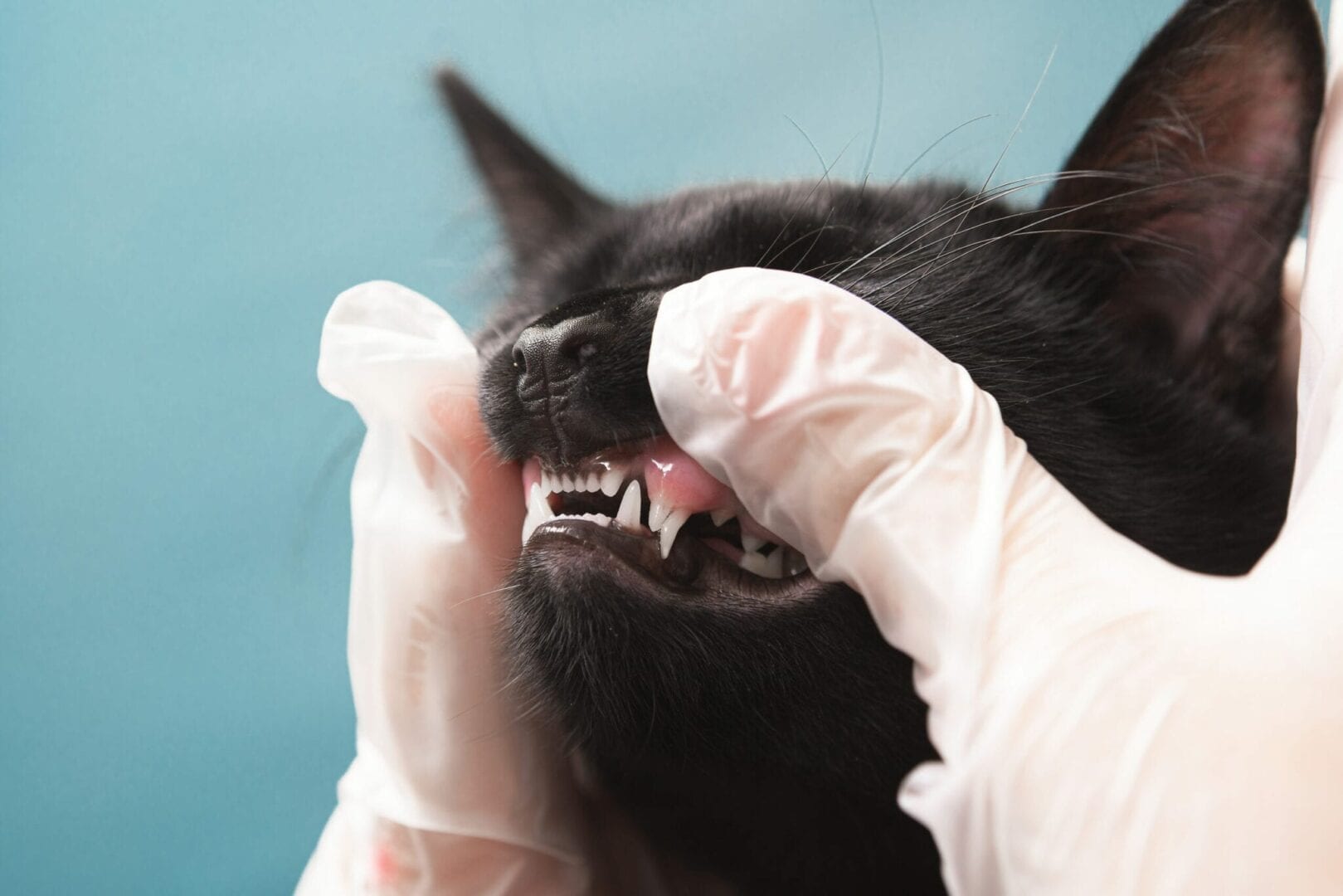When you find your best feline friend at a shelter, or even if they show up at your house as a stray, part of the deal is that their past will always be a mystery. This includes not knowing your cat’s real age. Shelter veterinarians can give you their best guesses, but when your cat shows up randomly on your porch or you find them seeking shelter under the hood of your car, guessing how old they are can be especially tricky. You’ll love them no matter how many years they’ve been on earth, but knowing your cat’s real age can help you plan for the future and safeguard their health.
It’s important to accept that you’ll never know exactly how old your cat really is, but there are a few tricks to help you make an educated guess.
Look for Baby Teeth
If you’ve taken in a kitten, the best way to discern their age is to look at their teeth. Kittens start to get their baby teeth around 2 weeks old. When they’re 3-4 weeks old, they’ll have baby canines. By the time they’re 4-6 weeks, they should be getting their premolars near the back of the mouth.
Starting at around 2 months and finishing up around 6-7 months, kittens go through the process of losing their baby teeth and growing their permanent teeth. If your kitten has a few gaps in their smile, it’s likely because they’re somewhere between two and seven months old. And if they have a mouth full of adult-sized chompers, you know they’re at least six months old.
Consider the Condition of Their Teeth
Once a cat has grown into their permanent teeth, it gets a lot harder to determine their age. One way to start is to look at the condition of those pearly whites. If the teeth are indeed pearly and white, you most likely have a young cat, maybe 1-2 years old.
Cats aren’t great with dental hygiene, so as they age, their teeth gradually change color. It starts with minor tartar that will look like small areas of yellowish-brown staining. And the older the cat is, the more tartar you’ll find on their teeth. You might also be able to see obvious wear and tear or chips.
A cat with moderate tartar build-up on their back teeth might be 3-6 years old. Advanced tartar buildup suggests the cat is closer to being a senior. The oldest cats might even have a few missing or rotting teeth.
Remember, however, that just like people, some cats simply have worse teeth than others. A younger cat might already have a few cavities that suggest they’re older than they really are.
Take Their Weight and Judge Their Body Type
The weight and body type of a cat depend heavily on their lifestyle, genetics, and breed (or a mix of breeds). Determining a cat’s real age by putting them on a scale isn’t a full-proof method, but it can give a hint at how old they are.
The general rule is that a kitten’s weight in pounds correlates to their age in months. A five-pound kitten, for example, is around 5 months old.
The average adult cat weighs about 10 pounds (although some big breeds can get closer to 20 pounds). At this point, you’re better off evaluating the cat’s muscle tone and body shape. Younger cats, 1-4 years old, are typically lithe, lanky, and have good muscle tone. Older cats tend to be a bit chunkier and have saggier skin.
Look Into Their Eyes
Like humans, many senior cats develop cloudy eyes with age. In most cases, this cloudiness isn’t noticeable until the cat is around 10 years old. A vet, however, is usually able to use special equipment to get a clearer view of your cat’s pretty peepers.
Once a cat reaches 6 or 7 years old, their eye lenses start to become denser. It’s nearly impossible for the average person to notice this change, but ask your vet about it. Your vet might also notice something called iris atrophy. This is a natural breakdown of the iris that happens once cats reach the senior stage.
Observe Their Behavior
While every cat is different, younger felines are typically more playful and active than their older, more mature, counterparts. Young cats between 1 and 5 years old are usually the ones to sprint down the hallway for no reason and pounce on everything that moves.
Once cats get closer to their senior years, they usually prefer to take more naps and aren’t as impressed by toys.
There are few cat owners that can say they know their cats’ exact ages. Most of us use these simple tips and talk to our vets to get what we consider to be the best guess. And while your cat’s real birthday will probably go unnoticed every year, that doesn’t make them any less special or less loved. As long as you have a general idea of your cat’s real age, you can monitor their health and help them live their best life.






